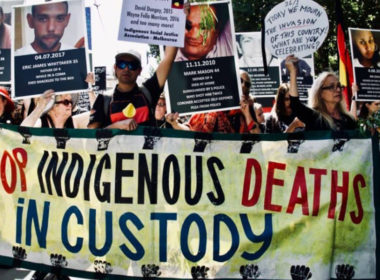Snapshot
- In the recent decision of Hackett (a pseudonym) v Secretary, Department of Communities and Justice [2020] NSWCA 83, the Court affirmed a more expansive and descent-based definition of Aboriginal children in the NSW adoption and child protection systems.
- Under the Adoption Act 2000 (NSW) the Supreme Court of NSW has the discretion to determine that a child is an Aboriginal child if the Court is satisfied the child is of ‘Aboriginal descent’.
- A child of ‘Aboriginal descent’ is distinct from a child who ‘descended from an Aboriginal’, with the former meaning that the child is descended from the people who lived in this country before British colonisation.
- A child of ‘Aboriginal descent’ does not require an ancestor to meet the definition of an ‘Aboriginal person’ as defined under the Aboriginal Land Rights Act 1983.
Leeming JA’s lead judgment in the recent case of Hackett (a pseudonym) v Secretary, Department of Communities and Justice [2020] NSWCA 83 (‘Hackett’) opens with a simple but poignant statement: ‘The most important person in this appeal is a young teenaged girl’.
Indeed children and young people like Belinda (a pseudonym) are at the centre of all decisions made under the Adoption Act 2000 (NSW) (‘the Adoption Act’) – decisions which will have lifelong impacts. In this case, the Court had to determine whether Belinda was an Aboriginal child for the purposes of the Adoption Act.
The NSW Court of Appeal’s decision expands the narrow interpretation preferred in the earlier decision Helen Fischer v Ashley Thompson (Anonymised) [2019] NSWSC 773 (‘Fischer’) and adopts a broader descent-based definition of Aboriginal children in the NSW adoption and child protection systems.




